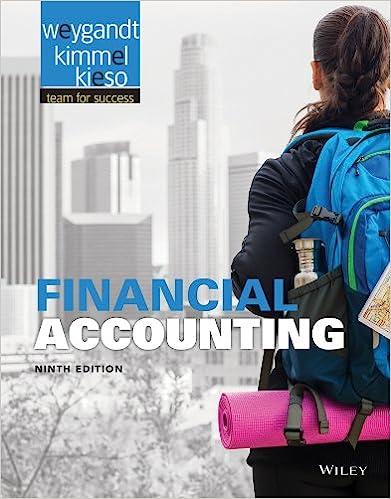Answered step by step
Verified Expert Solution
Question
1 Approved Answer
Calculate the following variances CASE 304 Hereford Steak Houses Thomas Ahrens. United Arab Emirates University and Christopher Chapman. Imperial College London I'd love to know
Calculate the following variances




Step by Step Solution
There are 3 Steps involved in it
Step: 1

Get Instant Access to Expert-Tailored Solutions
See step-by-step solutions with expert insights and AI powered tools for academic success
Step: 2

Step: 3

Ace Your Homework with AI
Get the answers you need in no time with our AI-driven, step-by-step assistance
Get Started





